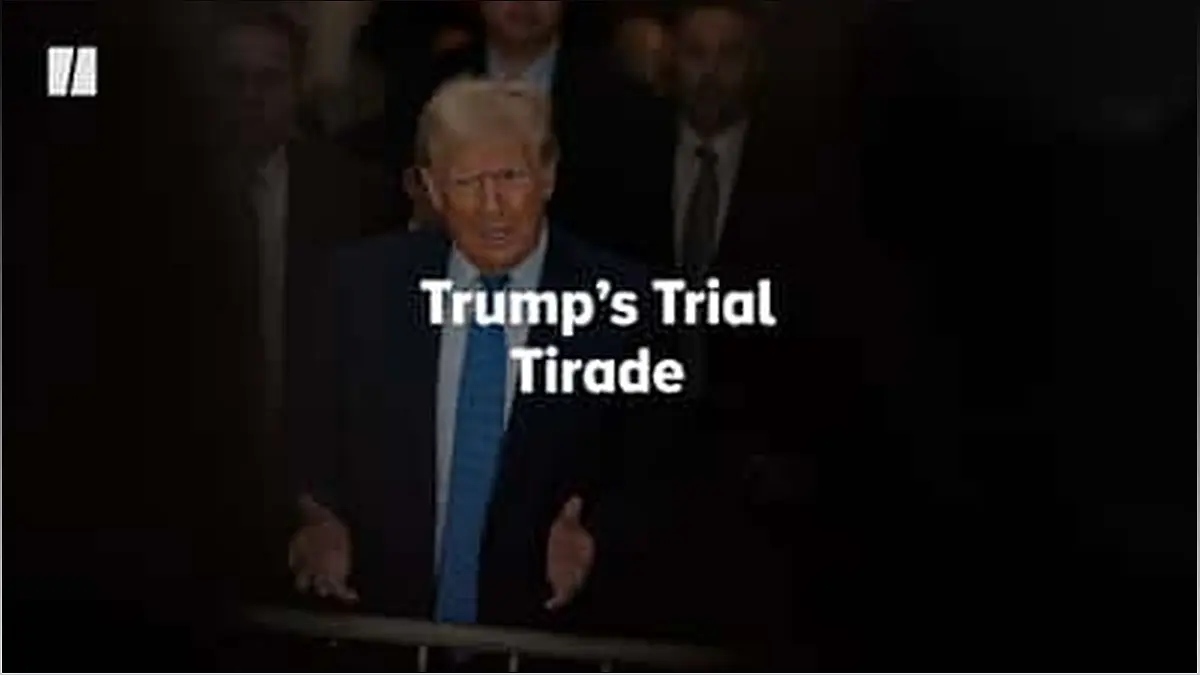Welcome to the Museum of Forbidden Art in Barcelona, a captivating space that pushes the boundaries of artistic expression and celebrates freedom of speech. In this article, we will delve into the thought-provoking collection, featuring controversial works that have faced censorship. From nude portrayals of political figures to feminist installations, this museum challenges visitors to question societal norms and explore the limits imposed on artists. Join me on this journey as we explore the power of art to provoke, inspire, and ignite important conversations.
Unveiling the Museum of Forbidden Art
Discover the intriguing Museum of Forbidden Art in Barcelona, a sanctuary for controversial and censored works.
Welcome to the Museum of Forbidden Art, an extraordinary space that challenges societal norms and celebrates artistic freedom. Located in the vibrant city of Barcelona, this museum is a sanctuary for controversial and censored works that have sparked debates and pushed boundaries.
Owned by Catalan art collector Tatxo Benet, the museum showcases over 200 pieces that have faced petitions for removal from public view on various grounds. From political and religious themes to sexual and commercial controversies, the collection aims to provoke thought and ignite important conversations.
Step inside this captivating museum and embark on a journey that explores the power of art to challenge, inspire, and question the limits imposed on artists in our ever-changing world.
Controversial Works: Pushing the Boundaries
Delve into the thought-provoking collection of controversial works that have faced censorship and sparked intense reactions.
Within the walls of the Museum of Forbidden Art, you'll encounter a diverse range of controversial works that have challenged societal norms and pushed the boundaries of artistic expression. From political satire to feminist statements, these pieces have faced petitions for removal and even violent reactions.
One such example is a drawing of a nude Donald Trump, which ignited debates about the boundaries of political commentary. Another piece that stirred controversy is a sculpture shaped like a woman's torso, functioning as a punching bag, highlighting the objectification of women.
These thought-provoking works, along with many others, including Robert Mapplethorpe's 'X Portfolio' and Andres Serrano's 'Piss Christ,' showcase the power of art to challenge, provoke, and question societal norms.
Empowering Female Voices: Feminist Art Takes Center Stage
Explore the feminist artworks that have drawn criticism and censorship, amplifying the voices of women artists.
One of the most powerful aspects of the Museum of Forbidden Art is its dedication to showcasing feminist artworks that have faced censorship and opposition. These works often challenge conservative religious groups or confront societal expectations.
French Algerian artist Zoulikha Bouabdellah's installation 'Silence' is a striking example. It features 30 pairs of stiletto heels displayed on Islamic prayer rugs, questioning the intersection of femininity and religion.
Kazakh artist Zoya Falkova's sculpture 'Evermust' portrays a leather torso of a woman as a boxer's punching bag, highlighting the struggles and resilience of women in a male-dominated world.
By amplifying the voices of women artists and shedding light on their experiences, the museum encourages visitors to reflect on gender roles, stereotypes, and the importance of inclusivity in the art world.
A Historical Perspective: Censorship Throughout the Ages
Discover how censorship in art has evolved over time, with renowned artists like Goya, Picasso, and Klimt also facing opposition.
The Museum of Forbidden Art not only showcases contemporary works but also highlights the historical context of censorship in the art world. Renowned artists like Goya, Picasso, and Klimt have faced opposition and censorship throughout their careers.
These artists, known for pushing boundaries and challenging societal norms, often touched on controversial themes that provoked reactions from conservative groups and authorities. The museum's collection serves as a reminder that censorship in art has always existed, and artists have continuously fought against limitations imposed on their creativity.
By exploring the historical perspective of censorship, visitors gain a deeper understanding of the ongoing struggle for artistic freedom and the importance of supporting artists in their quest to challenge and inspire.
The Role of Commercial Interests: Suppressing Free Expression
Examine the influence of commercial interests in censoring art and stifling free expression.
While censorship in art is often associated with political or religious motivations, the Museum of Forbidden Art sheds light on the role of commercial interests in suppressing free expression.
An example of this is the removal of Yoshua Okón's video from a gallery in London due to concerns about damaging McDonald's reputation. This incident highlights how corporate influence can limit artistic freedom and raise questions about the power dynamics between art, commerce, and public perception.
By exploring the impact of commercial interests on artistic expression, the museum prompts visitors to reflect on the importance of supporting artists and defending their right to create thought-provoking works without fear of censorship.
A Sanctuary for Provocative Art: Promoting Freedom of Speech
Discover how the Museum of Forbidden Art serves as a platform for challenging and provocative artwork, promoting freedom of speech in the face of censorship.
The Museum of Forbidden Art in Barcelona stands as a sanctuary for challenging and provocative artwork, providing a platform for artists to express themselves freely. In a world where artistic expression is increasingly scrutinized and censored, this museum serves as a beacon of freedom of speech.
By grouping controversial works together, the museum creates a space where visitors can engage with art that pushes boundaries and sparks important conversations. It encourages individuals to question societal norms, challenge their own perspectives, and advocate for the preservation of artistic freedom.
Step into this captivating museum and join the dialogue on the power of art to challenge, inspire, and ignite change in an ever-evolving world.

